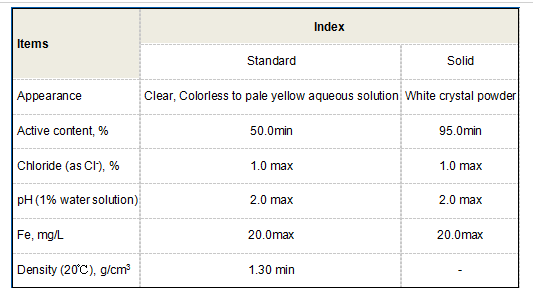Exploring the Properties and Applications of PAM Polyacrylamide in Various Industries
The Role of PAM Polyacrylamide in Modern Applications
Polyacrylamide (PAM) is a polymer utilized widely across various sectors, recognized for its ability to enhance the properties of materials and processes. This versatile compound plays a significant role in fields such as wastewater treatment, agriculture, and enhanced oil recovery. Its unique characteristics and functionalities make PAM an invaluable asset in addressing some of today's most pressing environmental and industrial challenges.
What is PAM Polyacrylamide?
Polyacrylamide is a synthetic polymer derived from acrylamide, a colorless, odorless chemical compound. PAM can be synthesized in various forms—non-ionic, cationic, and anionic—each possessing distinct properties that allow for tailored applications. The versatility of PAM lies in its ability to absorb large amounts of water and form gels, which enhances its functionality as a thickening agent, flocculant, and stabilizing agent.
Applications in Wastewater Treatment
One of the primary applications of PAM is in wastewater treatment processes. In municipal and industrial settings, PAM serves as a flocculant to effectively aggregate and settle solids in water. When introduced to a mixture, PAM molecules attach to suspended particles, forming larger clusters called flocs. This aggregation leads to improved sedimentation and filtration, resulting in cleaner water. As global water scarcity becomes a pressing concern, the effectiveness of PAM in treating wastewater is increasingly recognized as essential for sustainable water management.
Agricultural Benefits
pam polyacrylamide

PAM also holds significant potential in agriculture. It is utilized as a soil conditioner, improving water retention and reducing erosion. In arid and semi-arid regions, where water is a limited resource, PAM can enhance the soil's ability to hold moisture, promoting healthier crop growth. By applying PAM to agricultural soils, farmers can optimize irrigation practices, reduce runoff, and increase yields. Furthermore, PAM's role in erosion control ensures that topsoil remains intact, thus preserving the land’s long-term fertility.
Enhanced Oil Recovery
In the oil and gas industry, PAM has emerged as a key component in enhanced oil recovery (EOR) processes. As conventional oil production methods become less effective over time, EOR techniques utilizing PAM help increase oil extraction efficiency. By injecting PAM-based solutions into reservoirs, operators can reduce the viscosity of oil, allowing it to flow more freely and increasing the yield. This application is crucial as energy demands rise and renewable energy sources develop, pushing the industry to maximize existing resources.
Environmental Considerations
While PAM offers substantial benefits, its environmental impact warrants careful consideration. The safe handling and disposal of PAM are critical to prevent potential toxicity, as acrylamide is classified as a carcinogen. Regulatory bodies worldwide monitor its use, ensuring compliance with safety standards to mitigate any risks associated with its application. Moreover, research into environmentally friendly alternatives and biodegradability continues to be a focal point in the ongoing development of PAM-related technologies.
Conclusion
In summary, PAM polyacrylamide is a multifaceted polymer that plays a crucial role in various industries, notably in wastewater treatment, agriculture, and oil recovery. Its ability to enhance the properties of different materials and processes makes it a valuable tool in tackling environmental and industrial challenges. As technology advances and the demand for sustainable solutions grows, PAM’s applications are likely to expand even further, promoting innovative practices and contributing to a more sustainable future. With responsible use and ongoing research, PAM can continue to facilitate progress in key sectors while minimizing environmental impact.
-
Water Treatment with Flocculant Water TreatmentNewsJun.12,2025
-
Polymaleic AnhydrideNewsJun.12,2025
-
Polyaspartic AcidNewsJun.12,2025
-
Enhance Industrial Processes with IsothiazolinonesNewsJun.12,2025
-
Enhance Industrial Processes with PBTCA SolutionsNewsJun.12,2025
-
Dodecyldimethylbenzylammonium Chloride SolutionsNewsJun.12,2025





